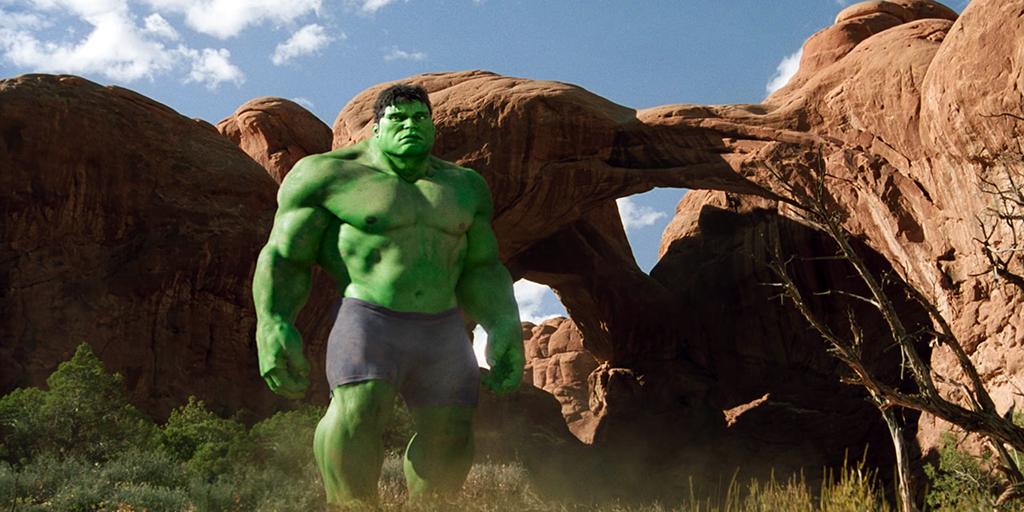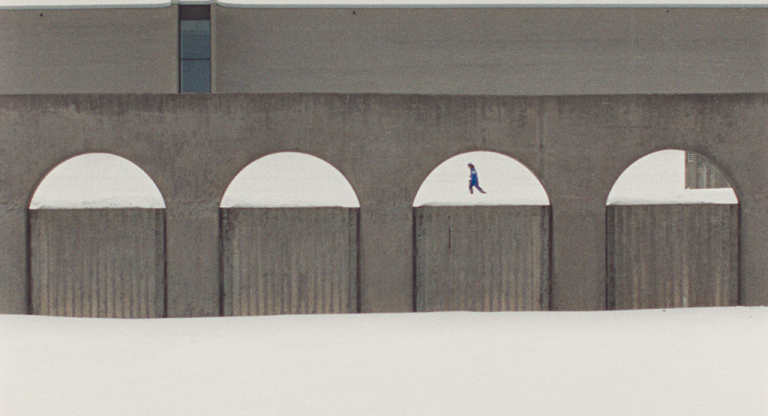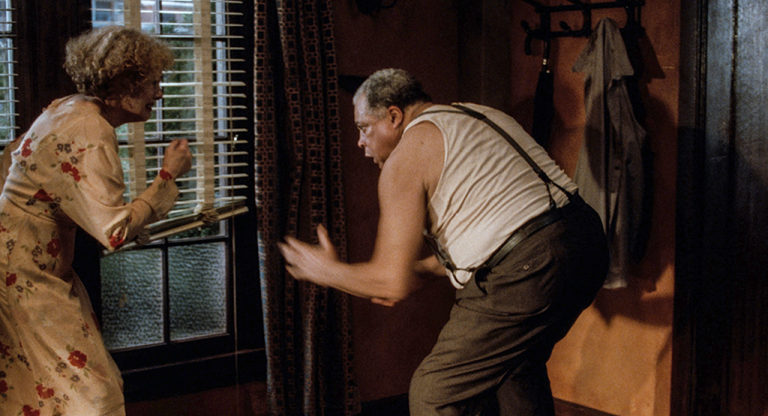Saint Marty had it right when he plotted Marvel films near the theme park pole on the Popular Culture Continuum, on the far opposite end from Hitchcock’s thrillers and the Marx brothers’ comedies. A metastatic storytelling behemoth locked into Stalinist “phases” that doubles as a money-printing web of merchandise will struggle to address human experience, no matter what its legion of devotees tell you. Marvel films aren’t cinema, but Ang Lee’s Hulk (2003) makes the best case that they could be if the culture industry had zigged instead of zagged. Lee revels in the graphic tendencies and hysterical neo-mythology of comic books; he collides them against cinema’s grounded kinesthetics and watches the sparks fly.
It’s not as though there aren’t Shakespearean characters or thoughtful intrigues to be found across the 30,000 individual issues Marvel Comics has published since the 1960s. Too many brilliant writers and artists passed through the company for everything to be complete rubbish. But financial risk-aversion and the unseemly desperation to be taken seriously has undermined the efforts of Marvel Studios ever since Merrill Lynch loaned them enough dough to cut Hollywood studios out of the picture and produce films in-house. The rest is history, as well as our insufferably bland present.
The Incredible Hulk is natural territory for Lee, whose instincts constantly draw him to the achingly repressed. His Bruce Banner (Eric Bana) is a brilliant husk, a geneticist incurious about his own mysterious parentage who is also single on account of his extreme emotional unavailability. After he survives a blast of radiation in his lab, he reluctantly swells into an indestructible green monster whenever he grows angry. For obvious reasons, he’s soon hunted by the military-industrial complex, including his ex-girlfriend’s Army General father (Sam Elliott) and a representative from the defense contractor Atheon (lol) played by Josh Lucas. Even Banner’s presumed-dead birth father (Nick Nolte) shows up wanting a piece of the action. The Hulk engages in few heroics besides saving his ex-girlfriend/lab partner from mutant dogs. He spends most of the film running away from tanks, his father, and yes, his feelings.
Much of what works perfectly well on the comic book page buckles under the verisimilitude of the moving image: Batman’s endless cape, Superman in flight, the Hulk’s purple pants, Howard the Duck. Comic books push against their static limitations with devices like onomatopoeias and action splashing over the confines of its rectangular panels. The clash between circumscribed frames and expansive action chafing at, often transcending, these boundaries creates a productive tension that Lee embraces in his adaptation. He largely abandons linear cutting within a scene in favor of a collage approach that betrays cinema’s pretense of three-dimensionality. Shots bleed into one another, often spearheaded by an object, something as innocuous as a door frame or as significant as a strand of DNA. Lee’s dizzying whip-pans, wipes, irises, split screens, and zooms furiously go about their work in utter denial that the moving image itself moves at all. Many of these techniques date back to the silent era, and Lee insists on their sustained vitality alongside digital tools that melt landscapes into psychedelic powder. Now over 20 years old, Hulk, along with the Wachowskis’ similarly derided Speed Racer (2008), used digital technology to rethink film grammar entirely. We’ll have to keep waiting for Marvel Studios to catch up.
Hulk screens this evening, February 16, at Asia Society on 35mm as part of the series “Water and Oil: The Movies of Ang Lee.”






